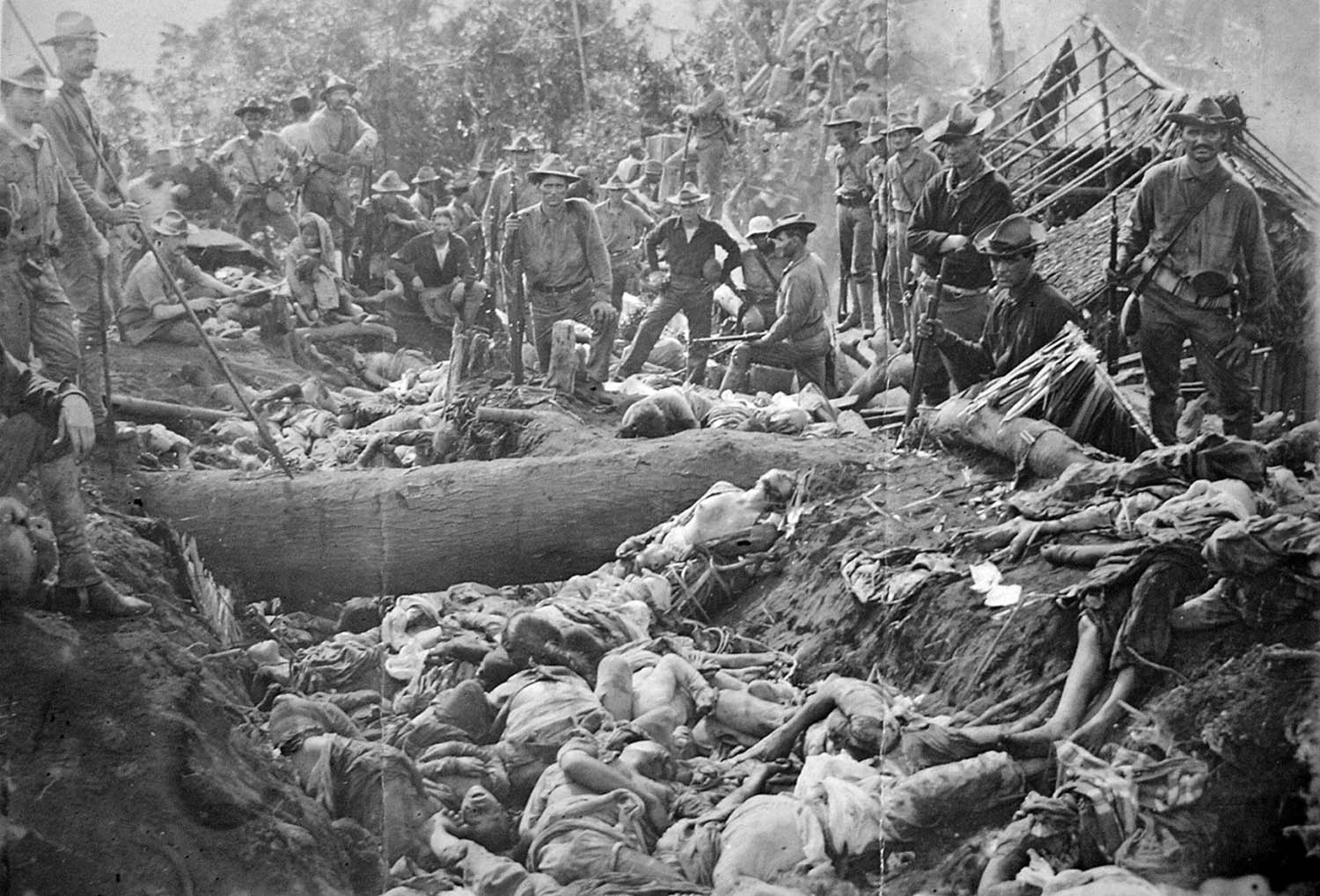
The US troops following the command of Major General Leonard Wood massacred about 1,000 Filipino Muslims, who were referred to as Moros, and had their hideout at Bud Dajo, a volcanic crater on the island of Jolo in the southern Philippines on March 7, 1906.
The Bud Dajo Massacre, also called the First Battle of Bud Daj, was a retaliation to Moros in March 1906, by the United States Army, during the Moro Rebellion phase of the Philippine–American War.
In March 1904, the United States revoked the Bates Treaty and this caused the Moros to respond to the United States authority with resistance. They refused to pay taxes and carried out periodic violence.
Major General Leonard Wood, the Moro Province Governor had tried numerous times to alleviate the problems of the insurgents unsuccessfully. The attack became more common as the insurgents felt the Americans could not stop them.
Many hundreds of Moro people, men, women and children relocated to Bud Dajo following rumours of the American authority wanting to annihilate them.
Bud Dajo was the crater of a volcano and as a result of its thick jungles and slopes, it was only accessible by three paths, hence, providing a strong defence. The Moros also stocked it with necessary supplies.
Major Wood began a campaign at Bud Dajo to end the deadlock with insurgents on March 5, 1906, after negotiations had failed to get the insurgents to surrender.
He sent U.S. and Philippine Constabulary troops and they were led by Colonel Joseph W. Duncan to subdue the insurgents but this attempt at negotiation failed once again.
The soldiers with the help of their artillery began the journey to the top of the slope. By night, they had gone midway and packed to rest. During this time, the Moros beat their drums and chanted while some of the Moro Snipers shot at the troops.
By March 8th, the troops had taken the outer rim of Bud Dajo despite the impressive fight the Moros put up. The troops then made use of artillery and machine guns. The estimated amount of Moros killed was 600, including women and children, according to Wood.
Many others say it was as high as 900. Corpses were piled, and a majority of the bodies were wounded numerous times. However, only seven were captured, three women and four children.
While U.S. authorities deemed the Battle of Bud Dajo a significant victory and commended Wood for his actions, a few in the U.S. press regarded it a little more than a massacre, especially, with the deaths of so many non-combatants.
The debate eventually died down, as local chiefs and the sultan of Sulu, a religious leader of the region, assumed that the action at Bud Dajo would bring about long-term stability. Unfortunately, Moro resistance continued, leading to another Bud Dajo Campaign in 1911 and the Battle of Bud Bagsak in June 1913.
SEE ALSO: Maria Felipa, The Black Woman Who Helped Brazil Gain Independence

